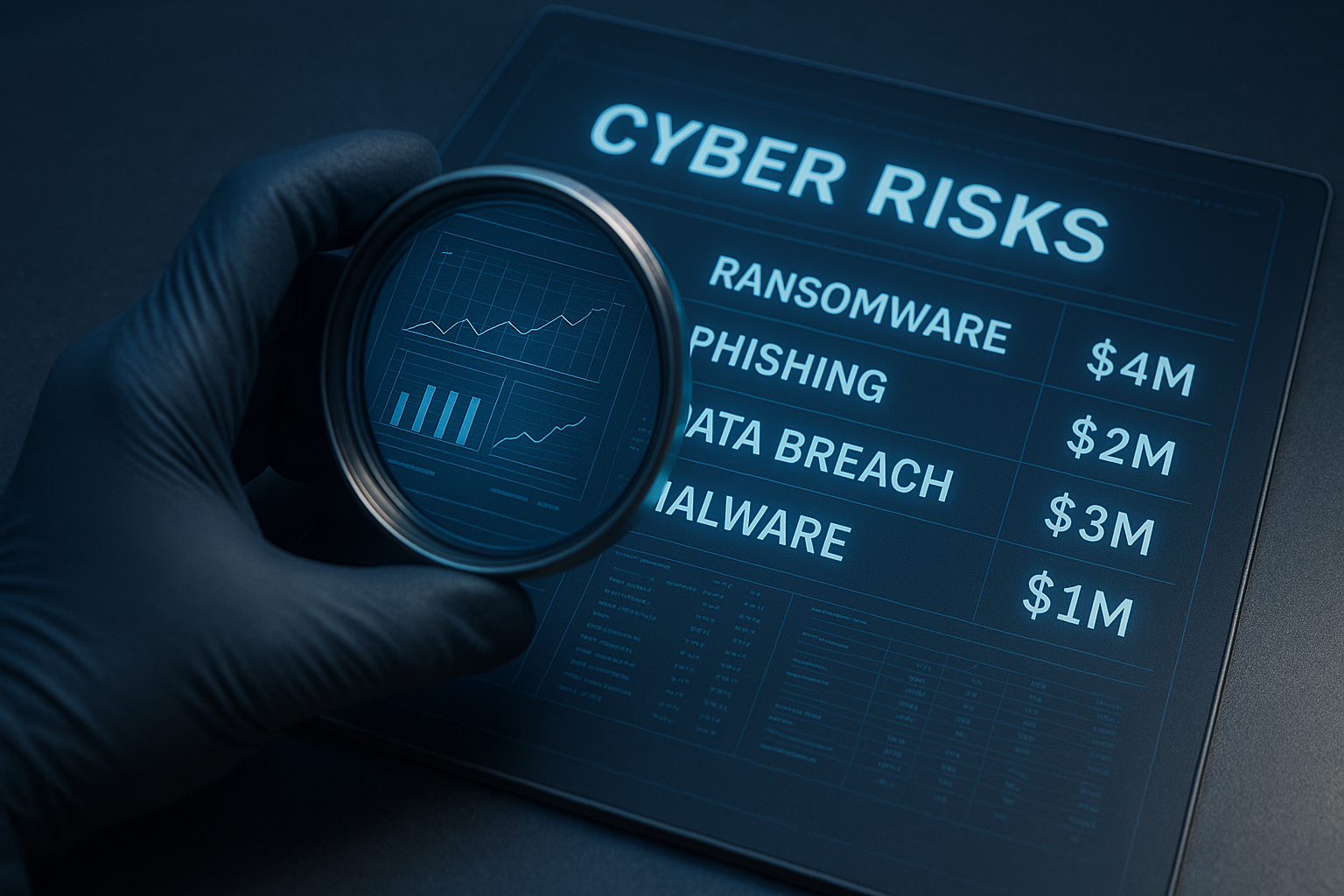On June 19th, the National Institute of Standards and Technology (NIST) released the much anticipated Rev 2 of NIST Special Publication SP 800-171 and the working draft of supplement NIST SP 800-171B. As the core part of the Defense Federal Acquisition Regulation Supplement (DFARS) cybersecurity requirements, NIST SP 800-171 focuses on protecting controlled unclassified information (CUI) for Department of Defense contractors. For some contractor information systems managers, these are the minimum security standards, and for some, SP 800-171 is bringing the organization up to adequate security to secure DoD contracts.
Looking for a DFARS Compliance Checklist? Read more.
The Changing Landscape of DoD Cybersecurity
For especially the lower subcontractors, the DFARS requirements required the establishment of systems security operations to reach compliance. DFARS cyber compliance has been a self-certification process, with representatives signing off on their compliance with SP 800-171 with little activity from the DoD to assess compliance. However, as we’ve seen, the self-certification model has proved untenable from a security perspective, and the DoD is in the process of developing a new process that does not rely on self-certification. These new revisions, especially SP 800-171B, are indicators of that shift. The supplement to the core SP 800-171 that all contractors must follow, 800-171B, appears to be the first indicator or a tiered system between levels of information security for contractors.
The Cybersecurity Maturity Model Certification
While we have yet to see concrete documentation on the DoD’s new certification, the Cybersecurity Maturity Model Certification (CMMC), CyberSaint Founder Padraic O’Reilly predicts that SP 800-171B is the precursor to the four-tiered model: “The SP 800-171B is a precursor to the upcoming CMMC that the Department of Defense is currently working on - this supplement, though, appears to be targeted at primes and high-level subcontractors given the specificity of certain aspects.” said O’Reilly of the draft supplement. The higher levels of DFARS cyber security certification would certainly point to contractors higher on the supply chain while the more easily achievable levels are more focused on the lower levels of the DoD supply chain.
Where We Go From Here
NIST SP 800-171 V2 was one of the most widely anticipated publications from NIST in 2019, and given the changing tune of the DoD on the merits (or lack thereof) of compliance self-certification the DFARS mandate specifically related to the security of CUI is up for a serious change in 2020 and beyond. While specific plans of action are yet to be seen, Rev 2 of SP 800-171 certainly gives insight into the early stages of these new basic assessments and requirements.
Learn more in our NIST Resources.





.png)
.png)
.png)
%201.png)
.png)




